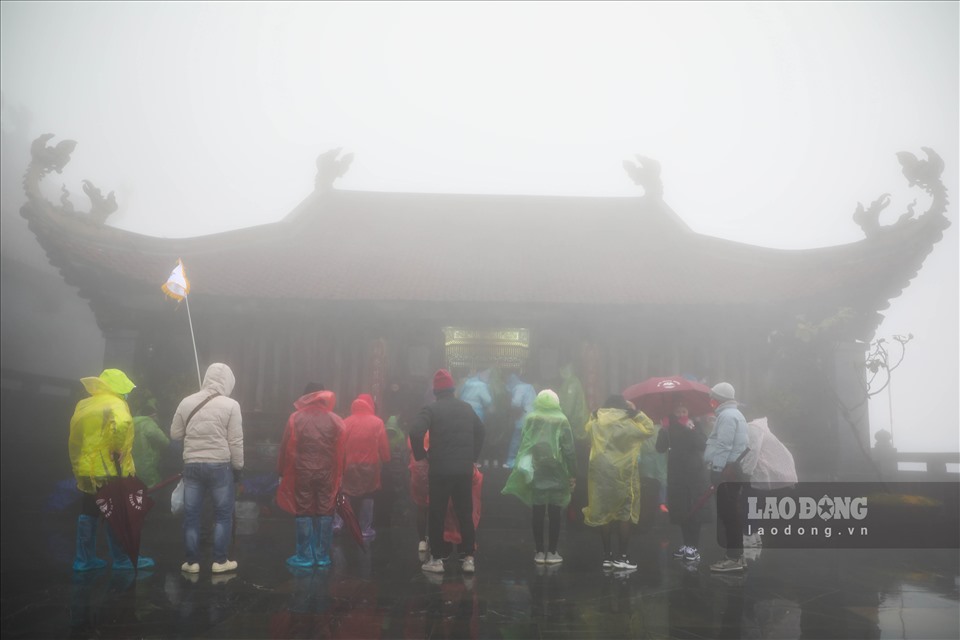According to the National Center for Hydro-Meteorological Forecasting, the cold air is continuing to move south on September 28. 05.
Today's weather forecast shows that a new Northeast monsoon will affect many areas across land and sea, bringing heavy rain and strong winds in the coming days.

It is expected that from 10.05, cold air will begin to affect the mountainous areas of the Northeast. By the evening and night of May 10, this cold air mass will strengthen, expanding to the entire Northeast, then spreading to the North Central, Northwest and part of the Central Central region.
From the night of October 10, the weather in the North and North Central regions will turn cool; the high mountainous areas of the North may be slightly cold.
The lowest temperature is generally from 20-23°C, in high mountains it is below 18°C.
The weather at sea will also be clearly affected by this cold air mass.
In the northern area of the Gulf of Tonkin, on 10.05, the Northeast wind will operate at level 4-5.
From the night of October 10, the Gulf of Tonkin and the northern sea area of the North East Sea will have winds gradually increasing to level 6, sometimes level 7, gusting to level 8. The sea is rough, endangering ships operating offshore.
Due to the impact of cold air combined with low pressure trough, from the night of September 9 to October 11, the Northern and North Central regions will experience moderate rain, heavy rain, and very heavy rain in some places. From the afternoon of 10.05, the Central Central region will also have scattered showers and thunderstorms, with some places having heavy rain.
People and tourists need to be on guard against showers and thunderstorms that may be accompanied by extreme weather phenomena such as tornadoes, lightning, hail and strong gusts of wind.
Heavy rain can easily cause flooding in low-lying areas, affecting crops, livestock, and transportation systems. Strong seas are also a major threat to fishing vessels and vehicles operating offshore.
People and tourists in affected areas should closely monitor daily weather forecasts, especially updated reports of strong winds, heavy rains and natural disaster warnings.








